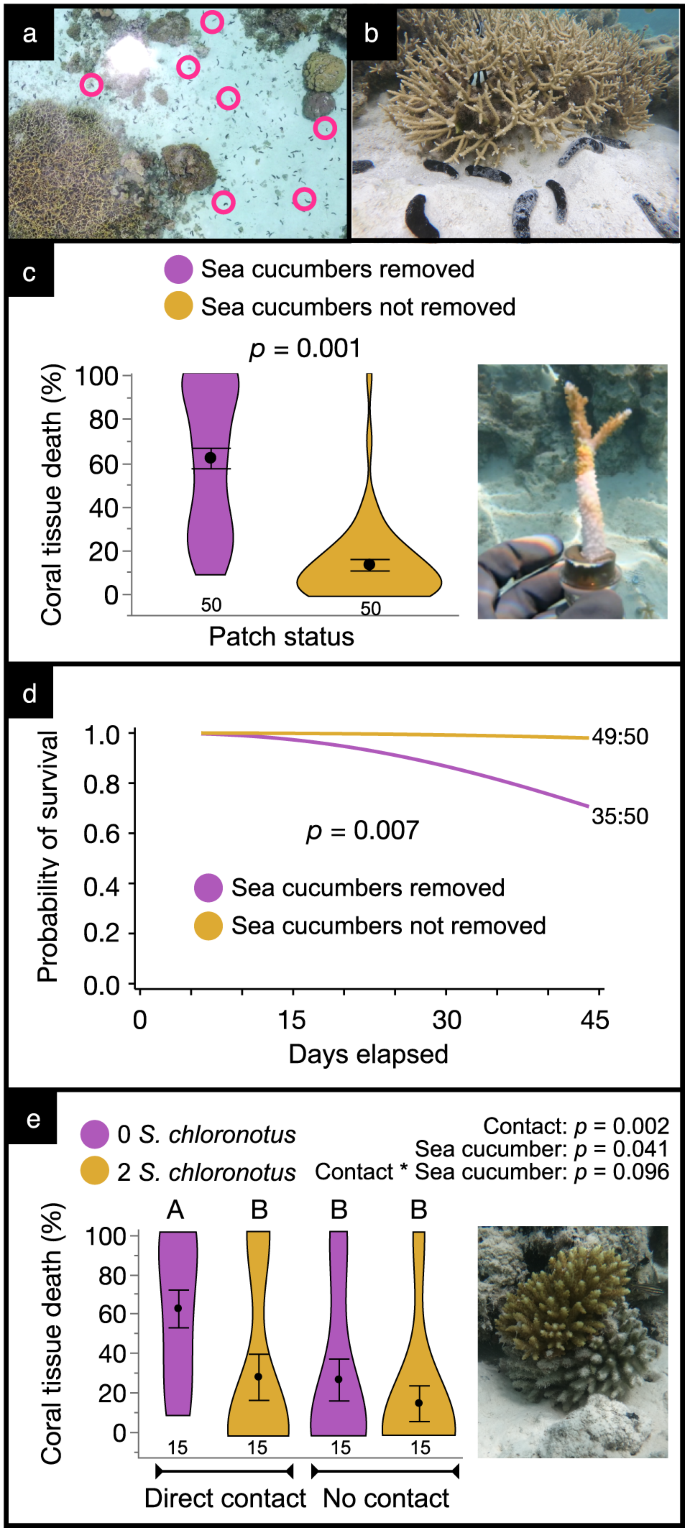2024-02-26 カリフォルニア大学リバーサイド校(UCR)
<関連情報>
- https://news.ucr.edu/articles/2024/02/26/vaping-can-increase-susceptibility-infection-sars-cov-2
- https://journals.physiology.org/doi/full/10.1152/ajplung.00300.2022
VAPEはSARS-CoV-2感染の可能性を高めるか?逆説的なイエスとノー Does vaping increase the likelihood of SARS-CoV-2 infection? Paradoxically yes and no
Rattapol Phandthong,Man Wong,Ann Song,…
American Journal of Physiology Published:7 February 2024
DOI:https://doi.org/10.1152/ajplung.00300.2022
Abstract

Data on the relationship between electronic cigarettes (ECs) and SARS-CoV-2 infection are limited and contradictory. Our objectives were to investigate the impact of EC aerosols on SARS-CoV-2 infection of human bronchial epithelial cells and identify the causative chemical(s). Fully differentiated human bronchial epithelial tissues (hBETs) were exposed at the air-liquid interface (ALI) to aerosols produced from JUUL “Virginia Tobacco” and BLU ECs, as well as nicotine, propylene glycol (PG), vegetable glycerin (VG), and benzoic acid, and infection was then evaluated with SARS-CoV-2 pseudoparticles. Pseudoparticle infection of hBETs increased with aerosols produced from PG/VG, PG/VG plus nicotine, or BLU ECs; however, JUUL EC aerosols did not increase infection compared with controls. Increased infection in PG/VG alone was due to enhanced endocytosis, whereas increased infection in PG/VG plus nicotine or in BLU ECs was caused by nicotine-induced elevation of the aerosol’s pH, which correlated with increased transmembrane protease, serine 2 (TMPRSS2) activity. Notably, benzoic acid in JUUL aerosols mitigated the enhanced infection caused by PG/VG or nicotine, offering protection that lasted for at least 48 h after exposure. In conclusion, the study demonstrates that EC aerosols can impact susceptibility to SARS-CoV-2 infection depending on their specific ingredients. PG/VG alone or PG/VG plus nicotine enhanced infection through different mechanisms, whereas benzoic acid in JUUL aerosols mitigated the increased infection caused by certain ingredients. These findings highlight the complex relationship between ECs and SARS-CoV-2 susceptibility, emphasizing the importance of considering the specific aerosol ingredients when evaluating the potential effects of ECs on infection risk.


